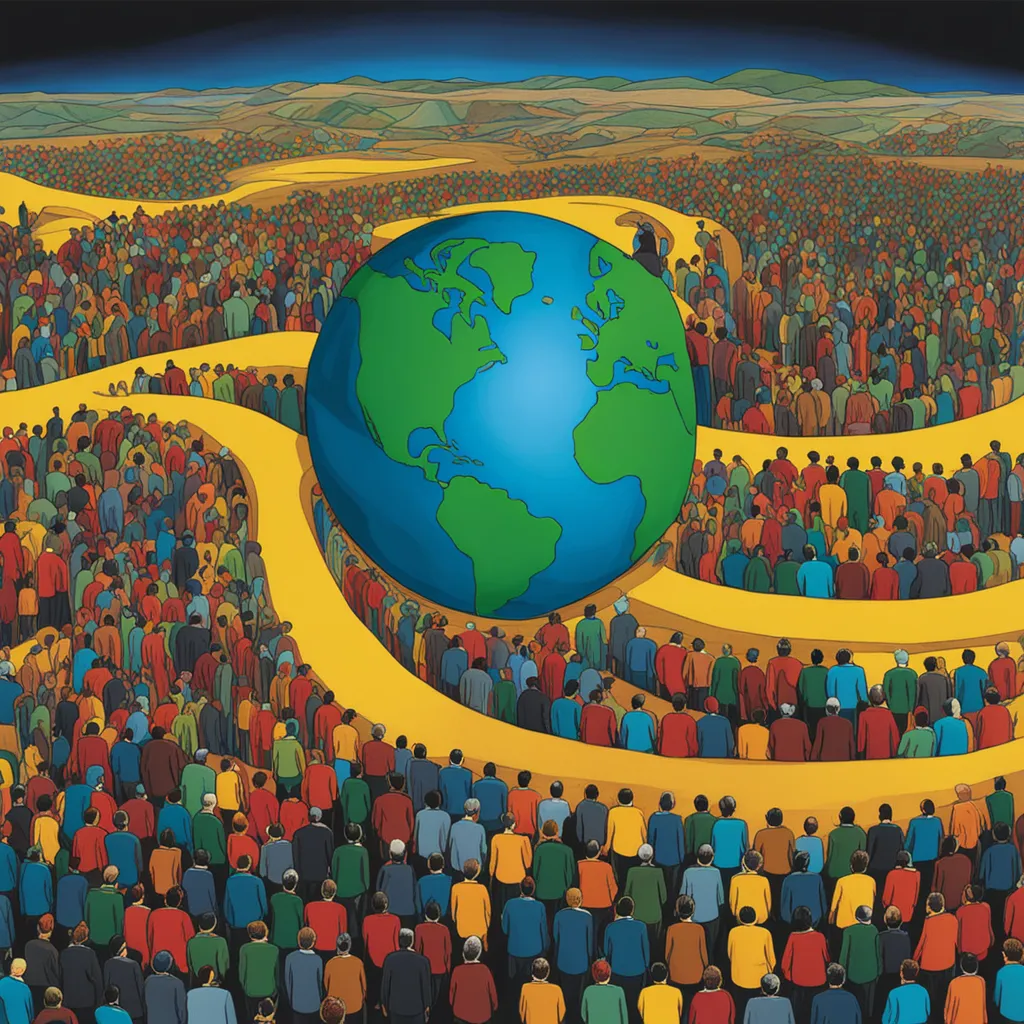Navigating the Tapestry of Human Rights: A Personal Exploration
Introduction: A Journey into Human Rights Realities
Embarking on a conversation about human rights feels like peeling back layers of a complex tapestry. Join me as we delve into the nuances of human rights issues, weaving through personal reflections and global perspectives.

1. The Reality Check: My Eye-Opening Encounter
My Story:
Growing up in the comfort of my hometown, I was sheltered from the harsher realities of the world. It was during a college trip to a developing nation that I encountered the stark contrast between privilege and adversity. Witnessing firsthand the struggles people faced for basic rights left an indelible mark on my understanding of human rights.
Key Points:
- Privilege and Perspective: Experiencing different socio-economic conditions unveiled the disparities in access to fundamental rights.
- The Power of Exposure: Real-world encounters can be powerful catalysts for raising awareness about human rights issues.
2. The Global Mosaic: Diverse Perspectives on Human Rights
My Story:
Engaging with individuals from various cultural backgrounds broadened my perspective on what constitutes human rights. It became evident that the definition of basic rights is often nuanced and shaped by cultural, political, and historical contexts.
Key Points:
- Cultural Relativism: Understanding that perceptions of human rights can vary based on cultural values and historical experiences.
- Intersectionality: Acknowledging that human rights issues often intersect with other aspects like gender, race, and socio-economic status.
3. Beyond Borders: The Role of International Organizations
My Story:
My interest in human rights led me to explore the workings of international organizations dedicated to safeguarding these rights. Learning about the United Nations, Amnesty International, and other NGOs showcased the global effort to address human rights violations.
Key Points:
- International Collaboration: Organizations play a crucial role in fostering cooperation and addressing human rights on a global scale.
- Advocacy and Action: Understanding that advocacy and raising awareness are essential steps toward meaningful change.
4. Personal Empowerment: Turning Awareness into Action
My Story:
Being aware of human rights issues isn't enough; it requires personal commitment. Engaging in local community projects, volunteering, and supporting organizations working towards human rights became my way of translating awareness into tangible action.
Key Points:
- Community Engagement: Grassroots efforts contribute to building a culture of respect for human rights.
- Educating Others: Spreading awareness within our circles can create a ripple effect of positive change.
5. The Ongoing Struggle: Never Underestimating the Impact
My Story:
It's crucial to recognize that the struggle for human rights is ongoing. Recent global events have highlighted the fragility of these rights, emphasizing the need for continuous vigilance and advocacy.
Key Points:
- Never Complacent: Human rights victories are commendable, but we must remain vigilant in the face of challenges.
- Education as a Catalyst: Continuous learning and education are essential tools for addressing evolving human rights issues.
Conclusion: A Personal Call to Action
Navigating the landscape of human rights is a journey that requires openness, empathy, and a willingness to act. Each of us, armed with awareness and a sense of responsibility, can contribute to the global effort to uphold and protect the rights of every individual. In this collective endeavor, let's strive for a world where the tapestry of human rights is woven with threads of justice, compassion, and respect for all.<

No comments:
Post a Comment